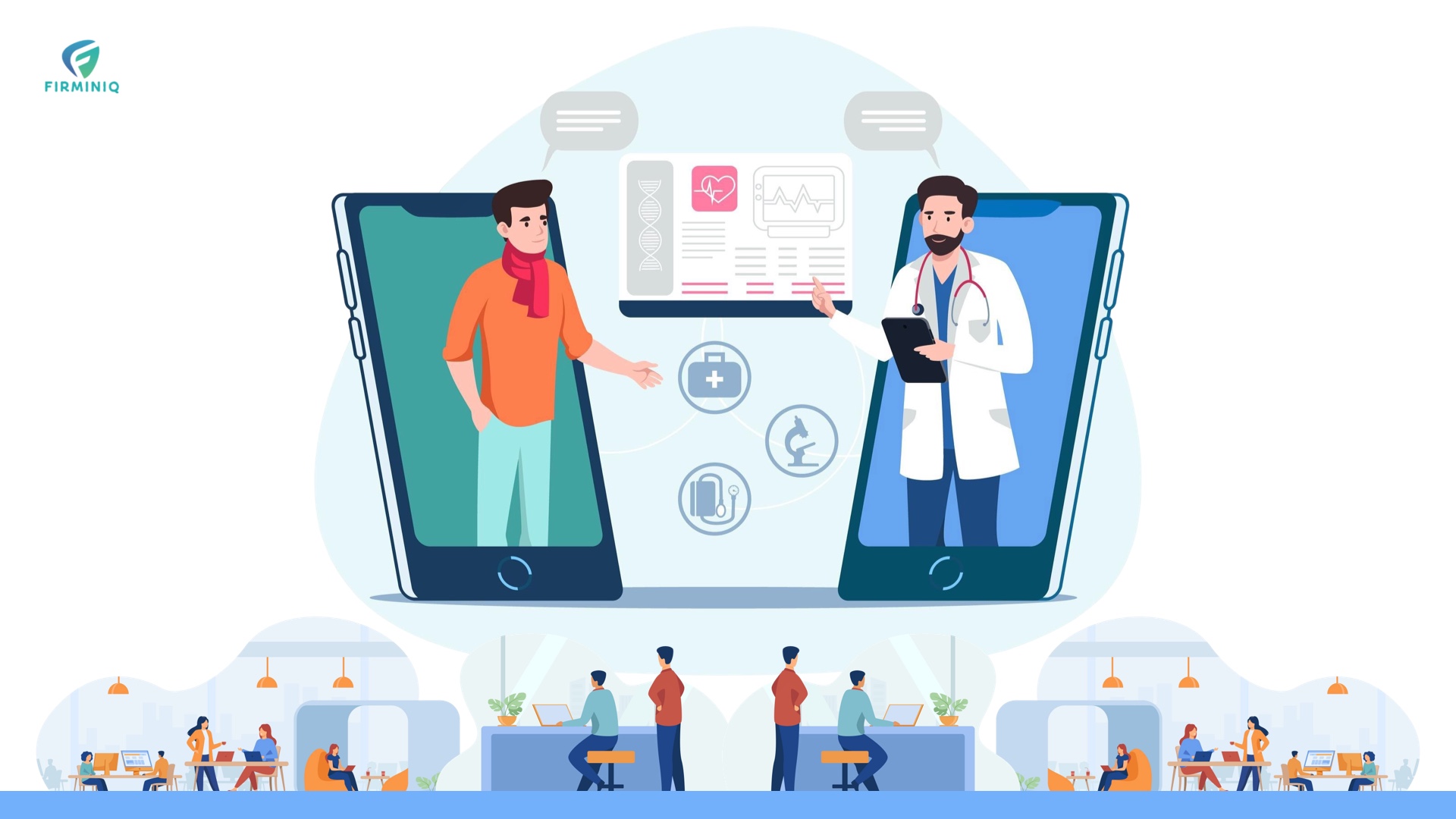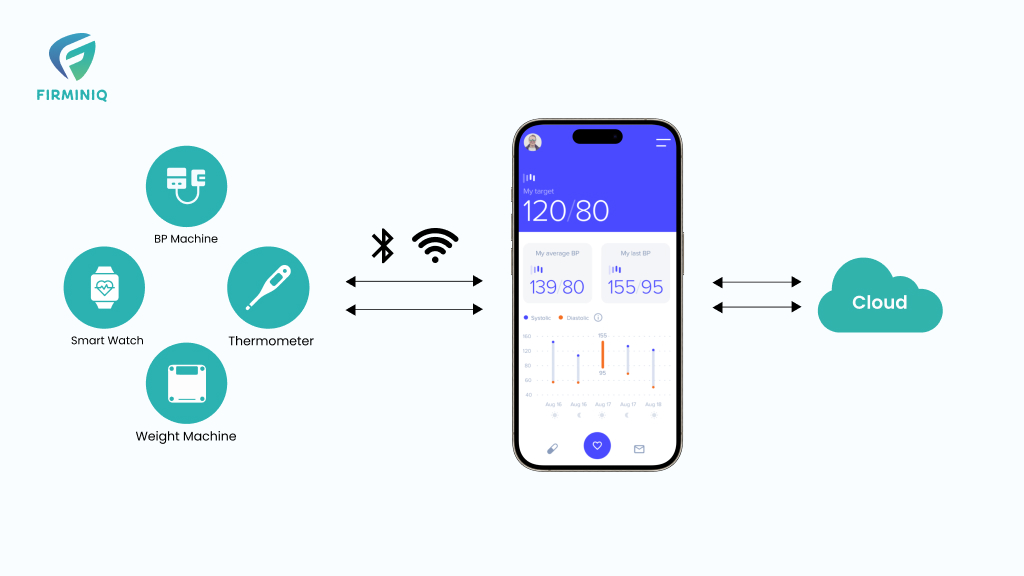The healthcare landscape is evolving rapidly, driven by technological advancements that enhance patient care and optimize operational efficiency. Among these innovations, Remote Patient Monitoring (RPM) and telehealth have emerged as transformative tools that enable healthcare organizations to improve patient outcomes, reduce costs, and increase accessibility.
With chronic diseases on the rise and healthcare systems facing unprecedented challenges ranging from provider shortages to rising costs, organizations must adopt tech-driven, patient-centric solutions. For healthcare organizations, investing in RPM and telehealth is more than just keeping up with trends, it’s a strategic move toward enhancing patient engagement, reducing hospital readmissions, and improving operational efficiency. As digital healthcare solutions continue to evolve, organizations that leverage these innovations will not only optimize patient outcomes but also position themselves at the forefront of the future of healthcare.
In this post, we explore why RPM and telehealth are essential for healthcare organizations and how they are transforming the way care is delivered. Let’s start with some key statistics highlighting how RPM and telehealth solutions are not just temporary trends but integral components of modern healthcare systems.
The Rise of RPM and Telehealth: Market Insights and Statistics
RPM and telehealth services have seen tremendous growth in adoption rates worldwide. The numbers speak for themselves:
- The global remote patient monitoring devices market will witness a robust CAGR of 18%, valued at $5 billion in 2023, expected to appreciate and reach $16.7 billion by 2030. – Strategic Market Research
- The global telehealth services market size was estimated at USD 46.03 billion in 2023 and is projected to grow at CAGR of 30.0% from 2024 to 2030. – Grand View Research
- A study found robust evidence of the positive impact of telemedicine and remote patient monitoring on healthcare delivery. Significant improvements in patient outcomes, coupled with substantial cost savings and increased satisfaction levels, underscore the transformative potential of these technologies. – National Library of Medicine
Key Benefits of RPM and Telehealth for Healthcare Organizations
RPM and telehealth are not just about convenience, they are reshaping the way healthcare is delivered, making it more patient-centric, efficient, and cost-effective. Some of the benefits are listed below:
1. Enhanced Patient Engagement and Satisfaction
RPM and telehealth empower patients to take an active role in their healthcare. By allowing real-time access to vital health data and facilitating regular virtual interactions with providers, these technologies improve adherence to treatment plans and foster better communication between patients and clinicians.
Research by McKinsey revealed that between 40 and 60 percent of consumers express interest in a set of broader virtual health solutions.
2. Operational Efficiency and Cost Reduction
Healthcare organizations are under constant pressure to optimize resources while maintaining high-quality care. RPM and telehealth solutions help reduce hospital admissions and readmissions, minimize unnecessary in-person visits to save costs, and optimize resource allocation by reserving in-person care for critical cases.
Studies show that hospitals using RPM see a significant reduction in emergency visits, resulting in significant cost savings. – National Library of Medicine
3. Better Chronic Disease Management
Chronic diseases like diabetes, hypertension, and heart disease require constant monitoring and proactive management. RPM devices track real-time patient data such as blood glucose levels, blood pressure, and heart rate, enabling physicians to make timely interventions and prevent complications.
4. Expanded Access to Healthcare Services
Telehealth breaks geographical barriers, bringing medical expertise to underserved rural and remote populations. According to the World Health Organization (WHO), at least half of the global population lacks access to essential healthcare services, a gap that telehealth and RPM can help bridge.
For healthcare organizations, this means reaching more patients, improving health equity, and expanding service offerings without requiring significant physical infrastructure investments.
5. Improved Post-Operative Care and Recovery
RPM plays a crucial role in post-surgical care by remotely tracking recovery metrics such as wound healing, pain levels, and mobility progress. Physicians can make timely adjustments to medications or rehabilitation plans, reducing post-operative complications and ensuring smoother recoveries.
A study found that patients monitored remotely after surgery had 40% fewer complications compared to those relying on traditional follow-ups. – Sage Journals
Overcoming Challenges in Implementing RPM and Telehealth
Despite the undeniable benefits, healthcare organizations must navigate certain challenges when integrating RPM and telehealth solutions:
- Data Privacy & Security: With the rise in digital healthcare, ensuring patient data security through HIPAA-compliant solutions is crucial.
- Technology Adoption: Training healthcare providers and patients on how to effectively use RPM devices and telehealth platforms is essential.
- Reimbursement Policies: Understanding insurance coverage and reimbursement frameworks for telehealth services ensures financial sustainability.
Conclusion: The Future is Digital
The integration of RPM and telehealth is revolutionizing the way healthcare is delivered. With benefits ranging from enhanced patient engagement and operational efficiencies to better chronic disease management and expanded access to care, these technologies offer a strategic advantage for healthcare organizations looking to stay ahead in an increasingly digital world.
By partnering with a trusted provider, organizations can successfully navigate this transformation and unlock the full potential of remote patient monitoring and telehealth solutions. Are you ready to embrace the future of healthcare? Get in touch today to explore how we can help you implement seamless RPM and telehealth solution, tailored to your needs.






